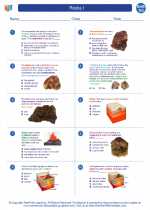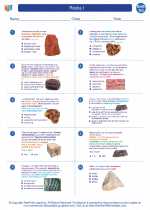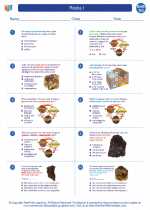Cinder Cone Volcanoes
A cinder cone volcano is a steep-sided, conical volcano built from explosive eruptions. These volcanoes are typically smaller in size compared to other types of volcanoes and are composed of loose volcanic fragments called cinders or scoria.
Formation of Cinder Cone Volcanoes
Cinder cone volcanoes are formed from the eruption of lava fragments that are ejected into the air during an explosive volcanic event. These fragments solidify in the air and fall back to the ground, building up the cone-shaped structure over time. The eruptions are usually short-lived but can be highly explosive, leading to the rapid accumulation of cinders and ash around the vent.
Characteristics of Cinder Cone Volcanoes
Some key characteristics of cinder cone volcanoes include:
- Steep-sided, conical shape
- Relatively small in size
- Built from loose volcanic fragments
- Often found on the flanks of larger volcanoes or in volcanic fields
- May have a single vent or multiple vents
Examples of Cinder Cone Volcanoes
Some well-known cinder cone volcanoes include Paricutin in Mexico, Sunset Crater in Arizona, and Cerro Negro in Nicaragua. These examples showcase the characteristic shape and composition of cinder cone volcanoes.
Study Guide
When studying cinder cone volcanoes, it is important to focus on the following key points:
- Describe the formation of cinder cone volcanoes and the process of accumulation of volcanic fragments.
- Identify the key characteristics of cinder cone volcanoes, including their shape, size, and composition.
- Compare and contrast cinder cone volcanoes with other types of volcanoes, such as shield volcanoes and stratovolcanoes.
- Examine specific examples of cinder cone volcanoes and analyze their geological features and significance.
- Discuss the potential hazards associated with cinder cone volcanoes and their impact on the surrounding environment.
By understanding the formation, characteristics, and examples of cinder cone volcanoes, students can gain a comprehensive understanding of this type of volcanic structure and its role in shaping the Earth's surface.
[Cinder Cone Volcanoes] Related Worksheets and Study Guides:
.◂Earth Science Worksheets and Study Guides High School. Rocks I

 Worksheet/Answer key
Worksheet/Answer key
 Worksheet/Answer key
Worksheet/Answer key
 Vocabulary/Answer key
Vocabulary/Answer key
 Vocabulary/Answer key
Vocabulary/Answer key
 Vocabulary/Answer key
Vocabulary/Answer key
